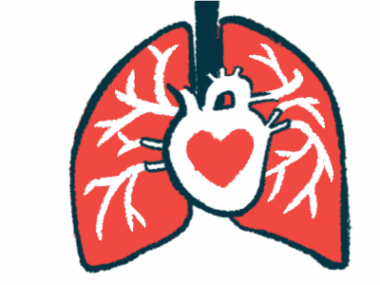High Dose of Hydroxychloroquine May Help Treat PCT: Case Study
Written by |

A high-dose regimen of hydroxychloroquine given over a short period of time can successfully treat porphyria cutanea tarda (PCT), according to a recent case report.
The report, “Porphyria cutanea tarda treated with short-term high-dose hydroxychloroquine: a case report,” was published in AME Case Reports.
PCT is caused by a deficiency in the enzyme uroporphyrinogen decarboxylase (UROD), whose activity is important for producing heme — a molecule essential for oxygen transport in the body.
The disease can be caused by mutations in the UROD gene, or by non-genetic factors, including alcohol consumption, iron overload in the liver, or infection by the hepatitis C virus, among others. Symptoms occur mainly in patients with elevated skin fragility and greater sensitivity to sunlight.
The patient, a 64-year-old Chinese man, went to the hospital with blisters on the back of his hands — which worsened after sunlight exposure — for the past year. He was a farmer with no history of alcohol consumption and no family history of similar symptoms. He was never treated for this condition.
A physical examination revealed brown pigmentation on the back of his hands accompanied by blisters, which released fluid upon being touched. He had multiple scars on both hands that did not cause pain or itchiness. His face also showed brown pigmentation along with excessive facial hair.
A skin biopsy showed the blisters contained some inflammatory cells and were hardened. Lab tests of his urine and feces also revealed the presence of porphyrins — heme precursors that tend to accumulate in porphyria patients and are hallmarks of the disease.
The man was diagnosed with PCT based on his medical history, skin lesions, and lab tests. He was treated with a high dose of oral hydroxychloroquine (two doses of 100 mg twice daily) to boost porphyrin clearance by the liver. A topical polymyxin ointment was also used to protect wounds and prevent infections.
The patient was advised to avoid sunlight, alcohol, smoking, and cut down on iron-rich foods. Within two weeks of treatment, he reported he was feeling better and no new blisters were visible.
Lab tests revealed the man had liver impairment, however. He stopped treatment with hydroxychloroquine and was given glutathione tablets, three times a day, to protect his liver.
Two weeks later, his hand lesions cleared up and liver function parameters returned to normal. Topical ointment was also discontinued.
“Although PCT is a rare liver disease with skin damage as a manifestation, it should be considered when there are recurrent painless blisters and scarring at the site of exposure,” the researchers wrote.
“Short-term oral high-dose hydroxychloroquine regimen may be a better option for the treatment of PCT,” but liver function needs to be monitored and more research is needed to confirm that the treatment is useful, the researchers noted.






